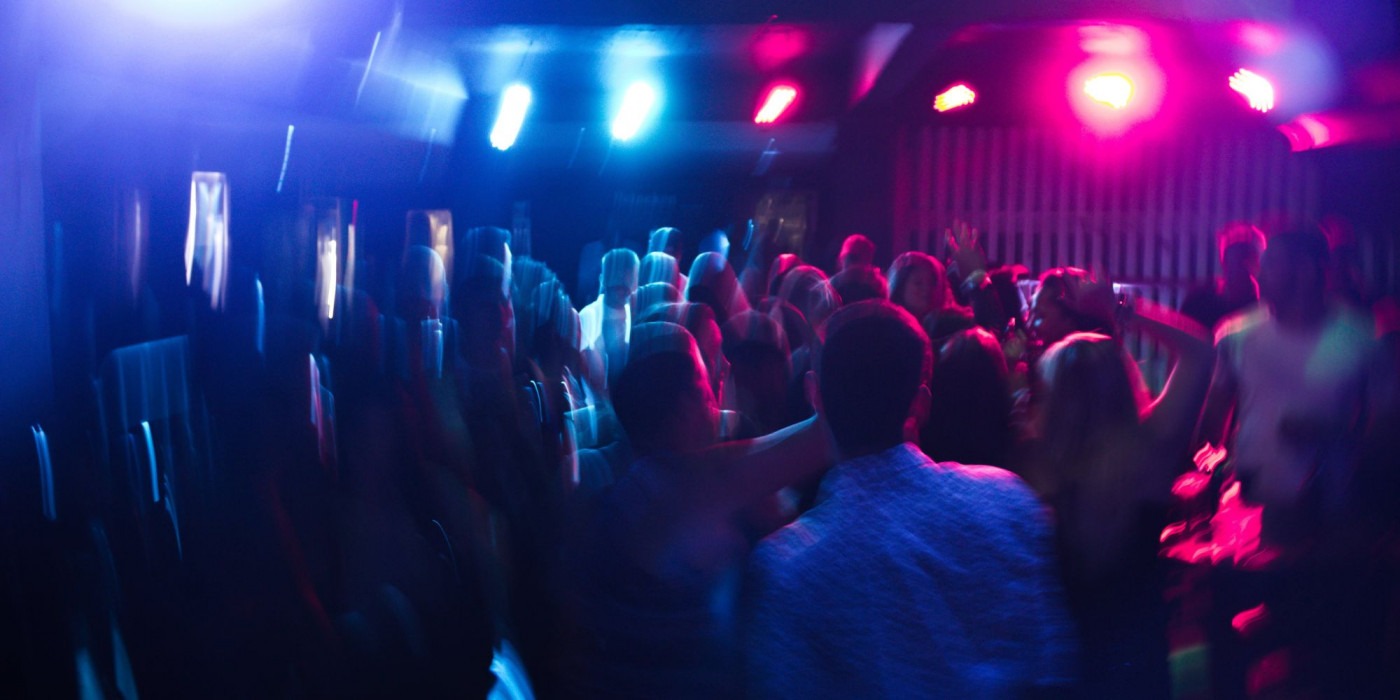What has happened to clubbing? Unravelling the chaotic world of clubbing culture and how we got to today
As professed by F. Scott Fitzgerald, “Here’s to alcohol, the rose-coloured glasses of life”, which suggests that having a drink will cure all the trials and tribulations of everyday life. From the iconic Pulp Fiction dance scene to when Renton spots Diane in that crowded club in Trainspotting, it is evident that people love having a drink and a dance to solve their woes. Clubbing is the perfect fusion of these, where the alcohol makes you let go of your inhibitions – but where did clubbing originate, and how did we learn to enjoy this strange but exciting atmosphere every Friday night?
Studio 54 made drinks and dancing a classy affair and birthed modern clubbing in a celebratory and chaotic way
To even consider this, we have to take it back to New York City in 1977, which oversaw the opening of the legendary Studio 54.This incredible midtown Manhattan club, as writer Bob Colacello highlighted, was “a sociological phenomenon and a historical event” where celebrities and socialites, from Andy Warhol to Jackie Kennedy, celebrated the birth of disco in the most flamboyant outfits. Studio 54 inspired some incredible benchmarks in pop culture, such as Chic’s platinum hit ‘Le Freak’, narrating Grace Jones’ introduction to the disco scene.
In a time when homosexuality was still taboo, celebrities such as Elton John and the late drag queen Divine flaunted their individuality to the world, with references to Studio 54’s rich drag culture inspiring episodes of the Emmy Award-winning hit RuPaul’s Drag Race in recent years. In this wild microcosm of clubbing chaos, many a crazy story has come out of this club, such as Bianca Jagger entering on a horse, the owners spending $100,000 on one night’s party decor, and the blatant drug use. Studio 54 made drinks and dancing a classy affair and birthed modern clubbing in a celebratory and chaotic way.
In the same way that the peace and love of Woodstock 1969 turned to the anarchy and violence of Woodstock 1999, the late 1980s saw the arrival of the British underground rave subculture. In a period “when ecstasy and acid house galvanised a disenfranchised youth”, an era of spikey hair and sweat became characterised by the rise of The Prodigy and high-flying DJs.
To me, this indicates that enjoying Warwick nightlife relies on having good company, rather than good music as was the case with the crowds of Studio 54 or the rave scene
The British clubbing scene became hardcore, littered with drug culture and acid house music in protest to Margaret Thatcher’s uncompromising and traditional leadership. This kind of culture saw the rise of Britain’s biggest clubbing capitals, such as Manchester and London. The era became redefined in the 1990s with idolised pop stars, such as the Spice Girls, and the rise of ‘Brit Pop’, with the famous ‘Oasis vs Blur’ debate reaching new heights within the quality of rock music. All in all, the British rave scene was the christening of UK clubbing, paving the way to the new model of clubbing prevalent today. Moving into the 2000s, as the Brits travelled to the Ibiza club scene, escaping the heyday of the millennium for the heat of the Balearic Islands, an infamous club in Berlin arrived – Berghain. Everyone knows about Berghain, argued as the ‘World’s Most Exclusive Club’, where people are judged by their ‘vibe’ upon entry to experience the pinnacle of the techno scene. Rumour has it that the key to successfully entering the club is adorning yourself in a black leather outfit, synonymous with Berlin techno culture. The club’s mysterious nature has only heightened its appeal. As it is considered a high-profile tourist destination, many people attempt to stay for over 24 hours, a completely different world to the standard 4am curfew in British clubs today. Whether you like techno or not, Berghain is renowned for its mystery and haziness, a real enigma of the clubbing world.
In the present, the clubbing scene is very much interwoven with the university lifestyle. However, this statement cannot be seen to apply to Warwick. From Smack and Neon to an adventure in Kasbah in Coventry, the clubbing scene is reduced to minimal clubs that play the same fusion of music. However, there is a trick to acing the clubbing scene at Warwick, with my friend Jasmine suggesting: “It’s really fun if you go on the right night, along with the right people.” To me, this indicates that enjoying Warwick nightlife relies on having good company, rather than good music as was the case with the crowds of Studio 54 or the rave scene.
After exploring the clubbing scene, from a classic New York disco to Berghain, it is evident that clubbing has lost its sparkle unless you live in a big British city. While a classic Wednesday student night could never mirror the exclusivity of a lavish club, the whole night revolves around the alcohol rather than the experience. I suppose that isn’t necessarily a bad thing, because drinking is a major part of the university culture, but bring back proper clubbing and proper music too!

Comments